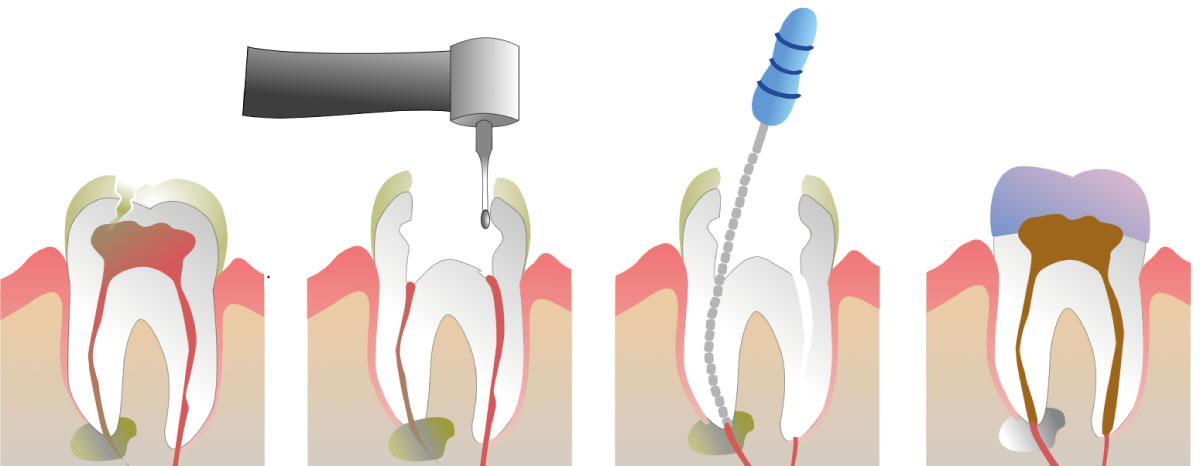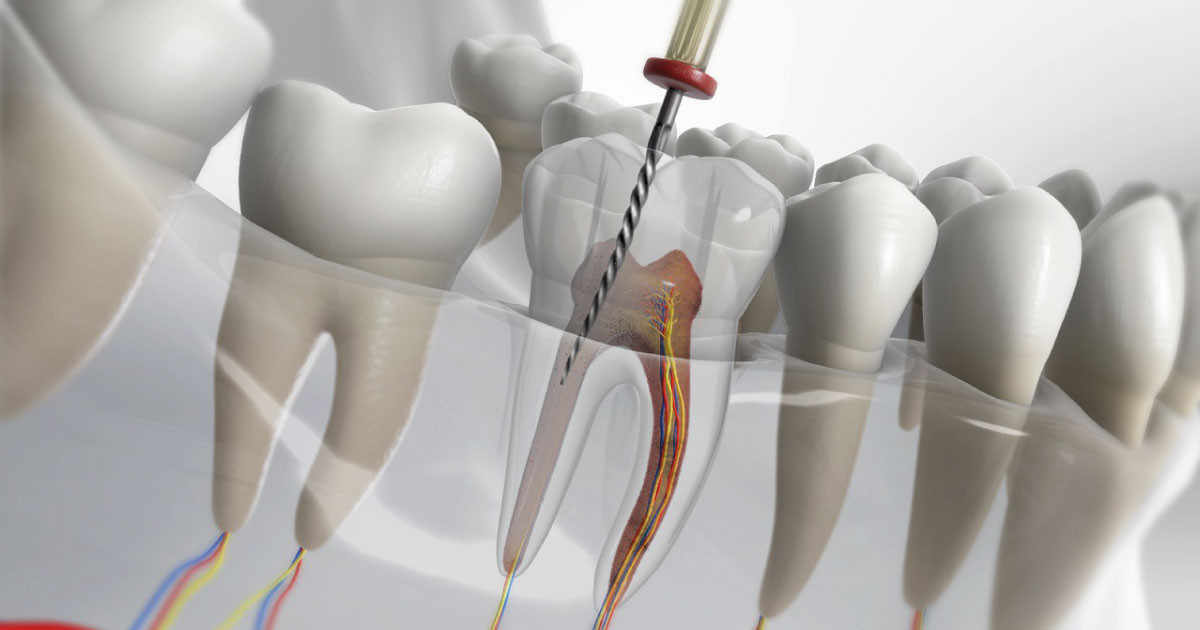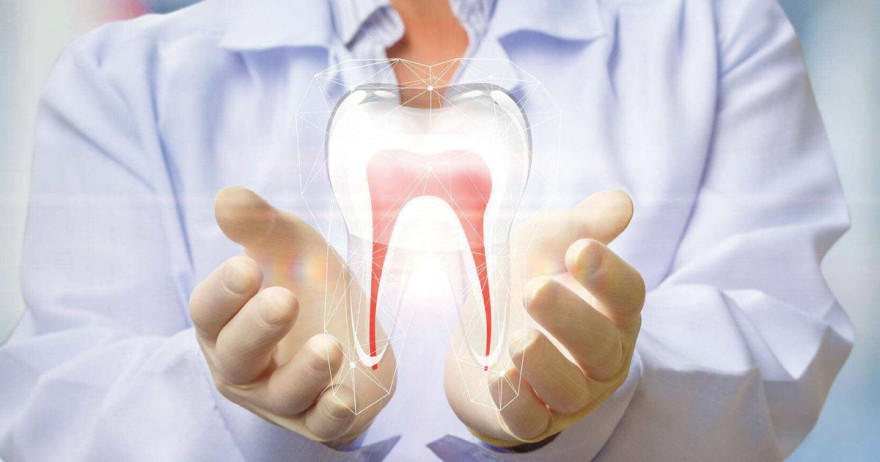Dental Root Canal Treatment
In cases where infection or decay has advanced sufficiently, the only method available for saving a tooth may be a root canal treatment because is one of the best ways to treat infected, abscessed, or severely decayed teeth.
Root canals bear a poor reputation among the general dentistry patient public, but it is largely undeserved. Modern root canals are nearly painless and are an effective way of preserving teeth that otherwise would have to be extracted.
The Symptoms.
The signs and symptoms of pulpal damage can differ from person to person but in most common cases, individuals experience:
Tooth pain while chewing
This is the most common, and tooth pain can range from mild to severe. Typically, people who need root canal treatment experience the worst pain while chewing or biting on things.
Oversensitivity of the teeth with cold or hot drinks
Many individuals report tooth sensitivity when eating food or drinking liquids that are particularly hot or particularly cold in temperature. This feeling of discomfort may linger even after the hot or cold food has been consumed.
Gum or facial swelling
It is common to experience swelling or tenderness of the face or gums near the affected tooth. Often times this swelling is accompanied by tenderness or sensitivity.
Discoloration or graying of the tooth
Those in need of root canal treatment may start to notice changes in the color of their teeth, i.e. greying or darkening of the tooth's surface.
Drainage from the tooth
In severe cases of pulpal infection, drainage of pus into the gums and soft tissue of the cheek can occur.
Sometimes you may not have seen any signs or symptoms and show an infection on a routine x-ray or by analyzing an old filling that hides deep tooth decay. For this reason, we encourage our patients to schedule regular preventive visits, as they sometimes allow problems to be identified before they have had a chance to cause advanced damage.
Treatments.
The root canal process generally begins the same way as a filling does, and with no greater discomfort: an anesthetic is administered to numb the tooth and the surrounding area. For many patients, the worst is already over.
Next, a small opening is made in the surface of the affected tooth to give access to the pulp chamber and root canals. Tiny instruments are used, sometimes with the aid of a microscope, to remove the dead and dying pulp tissue from inside these narrow passageways. The chamber and empty canals are then cleaned, disinfected, and prepared to receive a filling of inert, biocompatible material. Finally, adhesive cement is used to seal the opening in the tooth, preventing future infection.
Following root canal treatment, your tooth may feel some sensitivity or tenderness for a few days. Over-the-counter pain relievers like ibuprofen are generally effective in relieving discomfort, but prescription medications may also be given if needed. During this period, it may help to avoid biting hard on the affected tooth. All of these symptoms, however, should be temporary.
If the tooth is severely damaged or to further protect it and restore it to full function, a crown or other restoration can be placed.

Recommendations.
While the thought of undergoing a root canal procedure can feel scary for some, the goal is never to cause you pain, but to save your tooth and get you back on track to optimal dental health.
If an examination shows that you do need root canal therapy, don't worry — it's one of the most routine and effective procedures in the arsenal of dental treatments, so the idea that a root canal procedure invariably comes with complications and pain is a well-worn myth. Let's start by clarifying that what causes pain is infection or inflammation in the pulp of the tooth and it can be extremely painful so remember that having a root canal causes the elimination of this acute pain and is not the cause of the pain.
Need another reason not to delay root canal treatment?
How about this: A natural tooth that's saved via root canal treatment and restoration helps you avoid the problems that commonly occur when teeth must be removed. These include unwanted tooth migration or shifting, which can lead to difficulties in chewing; the need for bridgework or dental implants, which may be costly and complicated; and even the eventual loss of bone structure from the area of the missing tooth.





